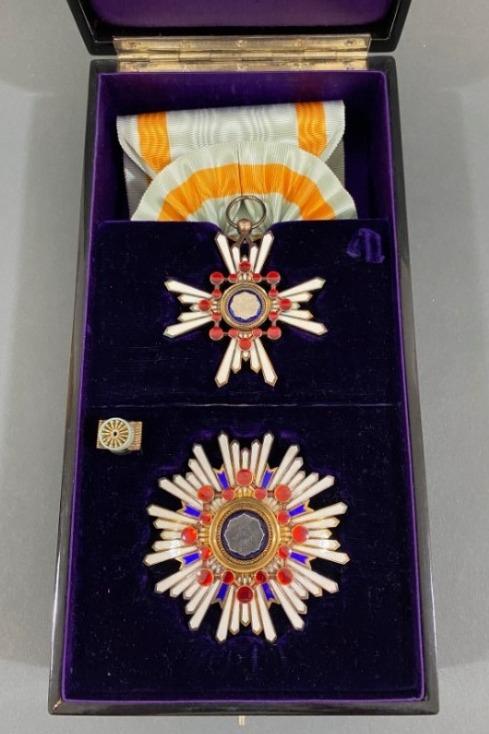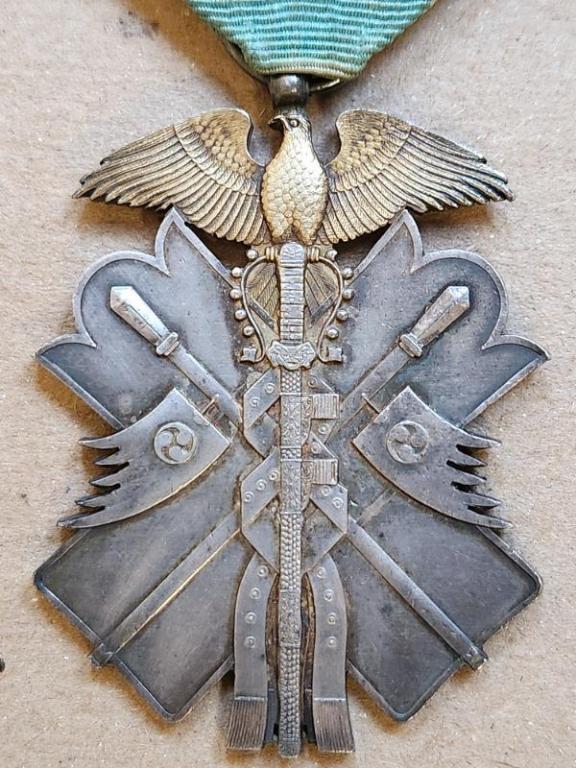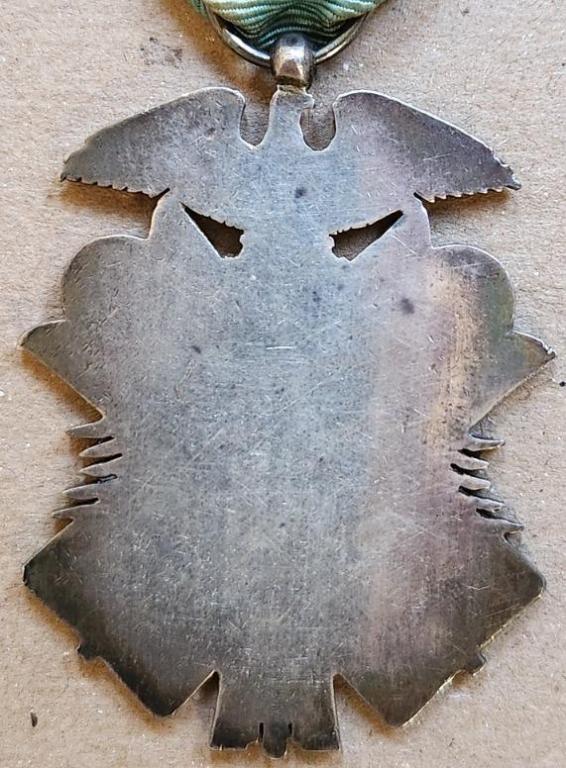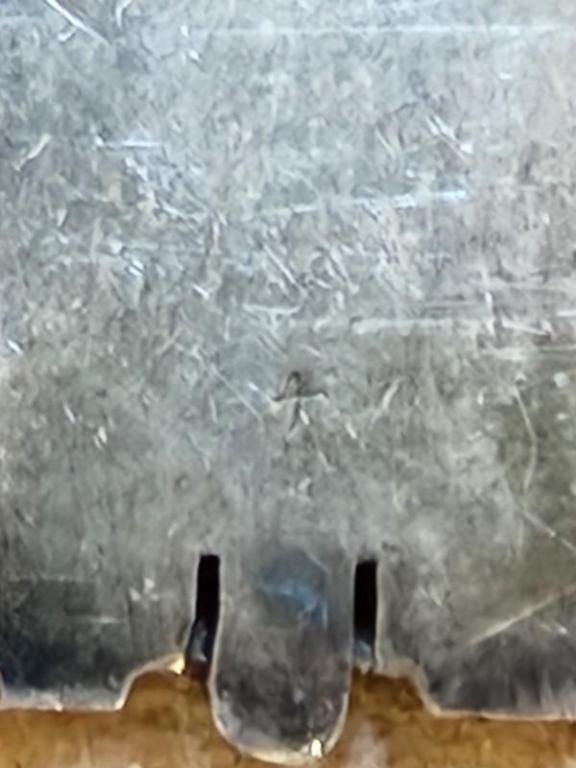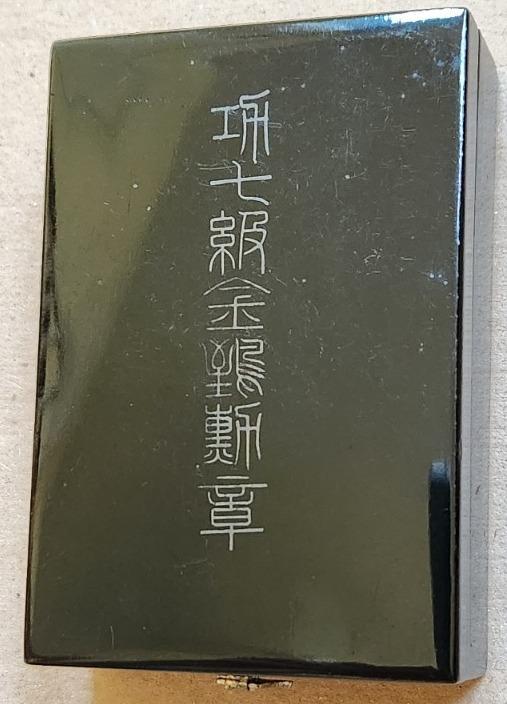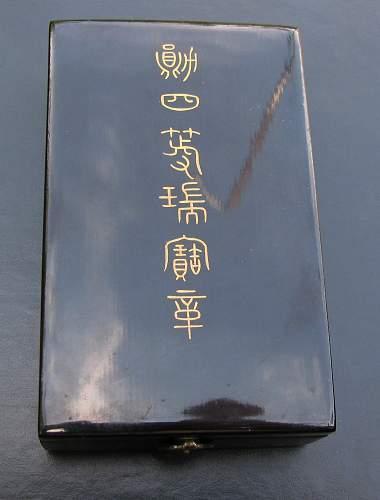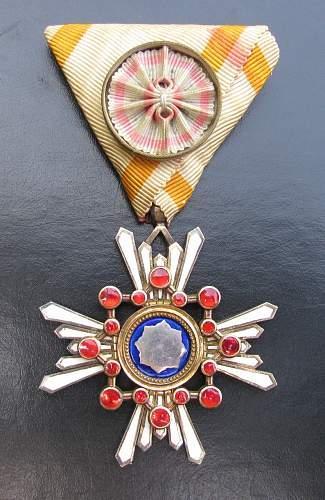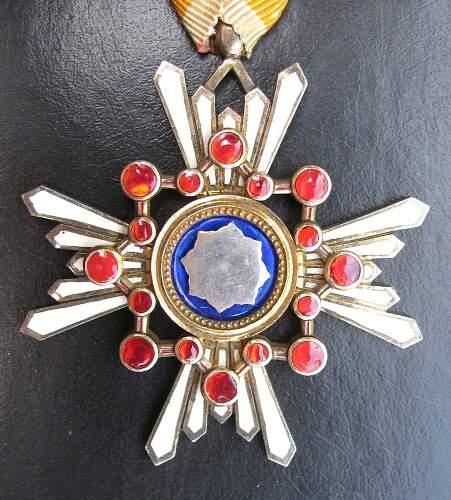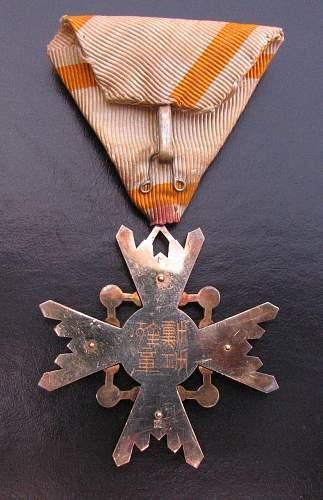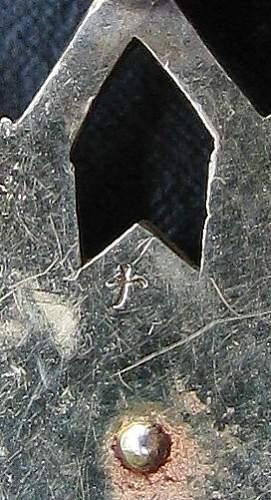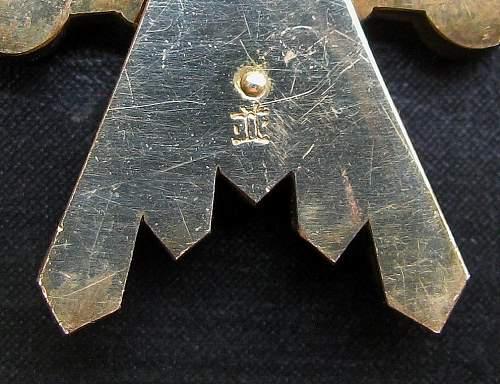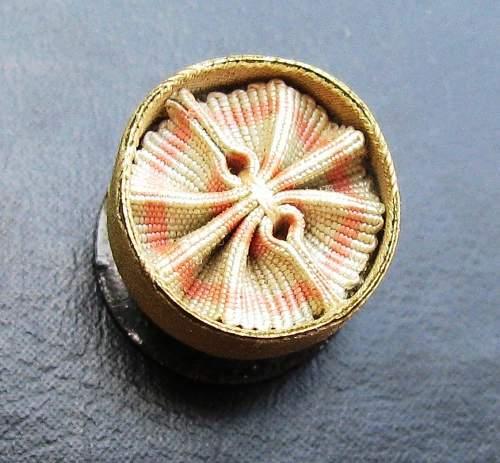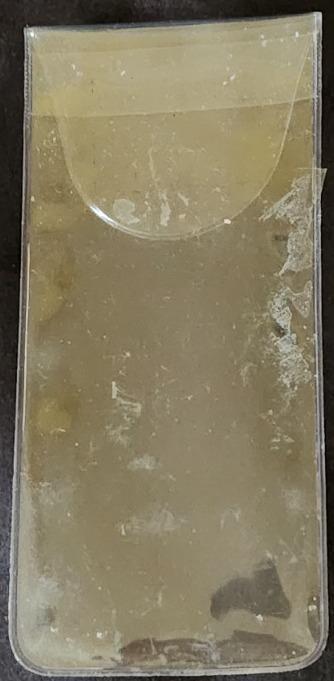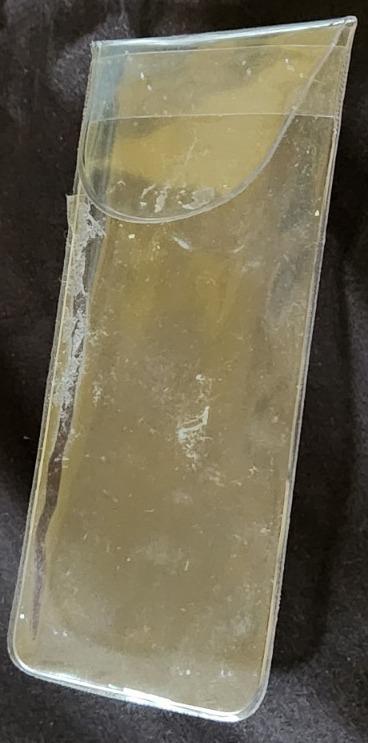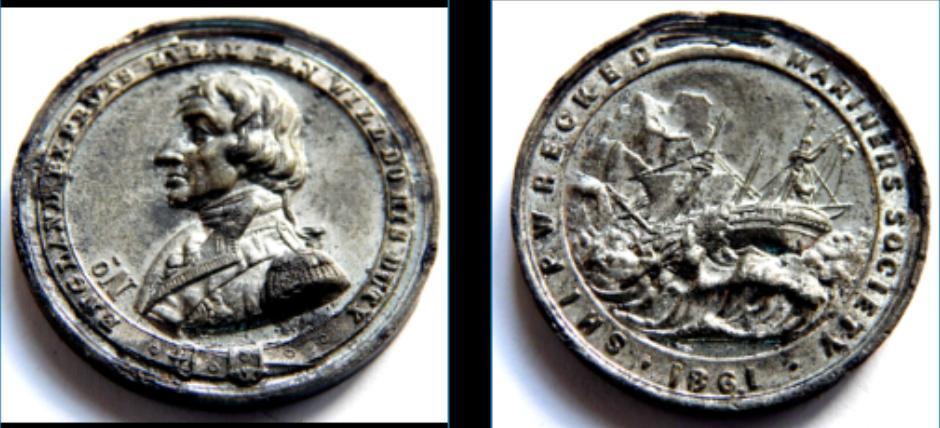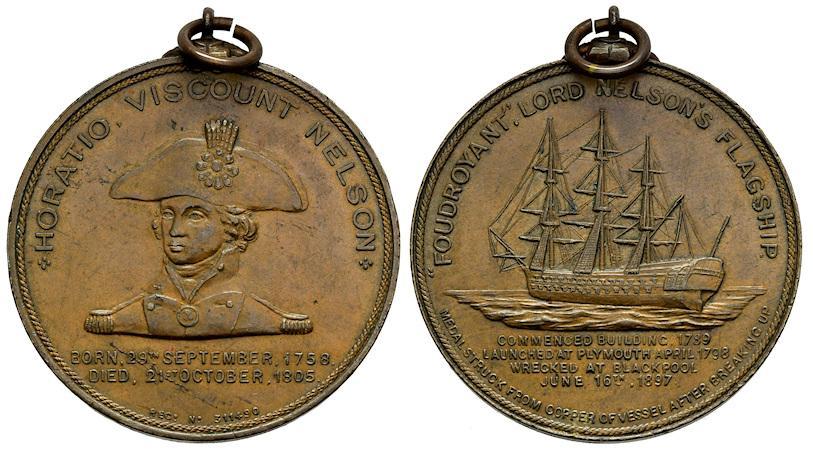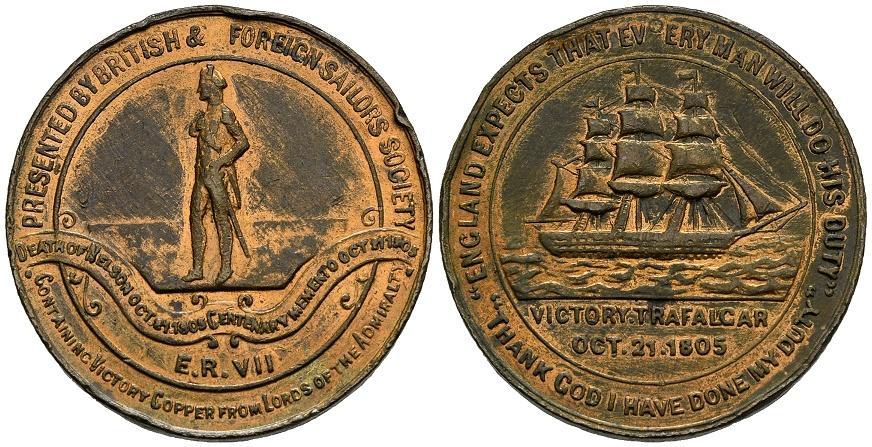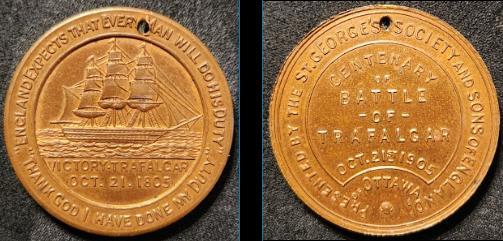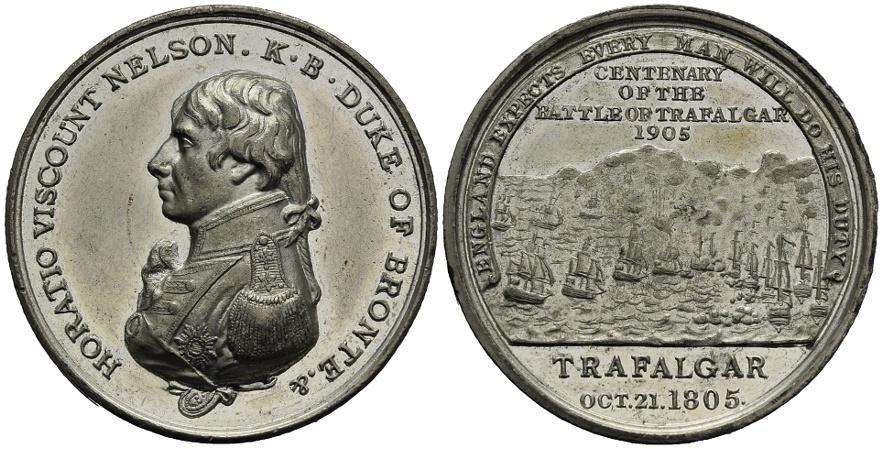-
Posts
468 -
Joined
-
Last visited
-
Days Won
20
Content Type
Profiles
Forums
Blogs
Gallery
Events
Store
Everything posted by TracA
-
Thank you, No One. Take care, Tracy
-
Greetings, This wonderful little hallmarked bird just came into my possession: a cased Golden Kite 7th Class with the ナ (NA) hallmark. Using JapanX’s 6th and 7th Class Kite classification system right here on GMIC (see https://gmic.co.uk/topic/51228-classification-of-golden-kites-in-6th-and-7th-class/?_fromLogin=1) I believe that this can be classified as a Meiji Kite for the following reasons: (1) the third wingtip is the longest; (2) there are two apertures at the second tipping over of a harness (considering from below); (3) the distance between the fourth aperture of a harness (considering from below) and the first tipping over of a harness (considering from below) is short; (4) the top two apertures on the left side of the harness are a relatively short distance apart. But which sub-variety of Meiji Kite is it? After studying the photos in JapanX’s classification thread, I believe it to be a Meiji 3.3 Kite. Regarding the NA hallmark, per Medals of Asia these can currently be dated to the first quarter of the 20th Century and are presumably the mark of Namikawa Yasuyuki. See Medals of Asia at https://asiamedals.info/threads/mark-na-on-japanese-orders-and-medals-who-and-when.28707/. Regarding the case: the inscription is in silver kanji and it is of the seven kanji variety, stylized of course: 功七級金鵄勲章 with 勲 (kun) in the typical Showa stylization. Per Medals of Asia the switch to silver kanji occurred in late 1938, and Nick Komiya on War Relics Forum postulates that the move from six to seven kanji for the inscription occurred sometime in 1932. So, I would expect to see the medal below in a six gold kanji case and therefore lean towards believing that the case with which the medal came was not the case of issue. It is a beautiful Kite with a nicely faded ribbon. I hope that you enjoy. All the best, Tracy Obverse. Note the four features described above: Reverse: The ナ (NA) hallmark: The case lid:
-
Hi Tony, The OP also posted this on the War Relics Forum, and Akira Komiya provided a very nice response. To summarize his response: "...this is a badge of the Great Japan Buddhist Philanthropic Association Foundation, which is not Nichren Sect but the Honganji Sect of Joudoshinshu Buddhism." Center of the badge says "Diligence, Insignia Third Class". The box says "Ordinary Insignia", and Akira speculates that it might not be original to the badge. The single kanji on the obverse means "Compassion". Again, none of the above is "my work"; it all comes from Akira Komiya. Take care, Tracy
-
Hi Tony, To add to No One's translations, the Regular and Special Members boxes are for Patriotic Women's Association badges. See Medals of Asia at https://asiamedals.info/threads/history-and-badges-of-greater-japan-womens-patriotic-association.23765/ and/or right her on GMIC at https://gmic.co.uk/topic/80407-patriotic-women’s-association-badges/. All the best, Tracy
-
Great additions, Tony. Nice to see you pick-up this thread again. All the best, Tracy
-
Thank you, Bruce. Wow. What a story. All the best, Tracy
-
Hi Tony, Thank you for doing some digging. I know nothing about Japanese swords, so what you dug up was very interesting. JapanX responded on the War Relics Forum, and if you're interesting his response can be found on his Medals of Asia website here: https://asiamedals.info/threads/mark-na-on-japanese-orders-and-medals-who-and-when.28707/. Nothing like 4am posting! 😄 All the best, Tracy
-
Tony, Impressive book collection. I know what it's like to wrapped up in books. Wonderful final three postcards. Thanks! 😀 Tracy
-
Tony, Nice to see you posting to this thread again. Great postcards and photos. All the best, Tracy
-
Greetings, This OST is not mine nor is it in my possession. It was posted by BTR on the War Relics Forum and I told the original poster that I would post it here on GMIC. I’ve only seen one other double marked OST, and it is on JapanX’s Medals of Asia. There it is double marked with the same mark, ナ (Na). See https://asiamedals.info/threads/3rd-class-sacred-treasure-orders-with-one-and-two-marks-na.14866/. On the OST 4th Class below, however, are two different marks on the reverse: ナ (Na) at the top of 12h and 並 (Nami) just below the bottom rivet at 6h. I have pasted all of BTR’s pictures below. I note that the stripe on the ribbon rosette and the lapel button rosette are pink while the ribbon stripe is yellow. Can anyone shed any light on this? Thank you. Tracy Case lid: Obverse: Obverse close-up: everse. Note that you can just see the marks at the top of 12h and just below the 6h rivet: Close-up top mark: Close-up bottom mark: Lapel button rosette:
-
Greetings Claudius, I have never seen a painted Japanese medal such as this. I also didn't find one on Medals of Asia. I have no idea if it was period applied. Sorry. Hopefully someone will have some information or insight. All the best, Tracy
-
I have a question about those plastic flips that the medals that we purchase often come in (see pictures below). I also collect ancient coins, and the conventional wisdom is that one should store such coins in archival plastic flips that do not contain PVC, as the PVC can react with the coin metal. An archival flip is very stiff and brittle, whereas a PVC flip is soft and to a certain extent malleable. When I search online for archival flips in which to store medals, I come up with absolutely nothing. Is the concern about flips containing PVC not an issue with medals? Thank you! Tracy
-
(1).thumb.jpg.38cff8cd9c5d55311a4208b0a83448ba.jpg)
Waterloo Medal - Research Start Point
TracA replied to John F.'s topic in Great Britain: Orders, Gallantry, Campaign Medals
Although I am resurrecting this thread after just over seven years, I wanted to do so in order to call attention to the value that discussion boards such as GMIC provide. I wanted some information on a Waterloo medal, and after coming to this forum and searching “Waterloo” I found exactly what I wanted and needed in this thread: reference to, and the location of, the Waterloo Medal Book at the National Archives, UK. Thank you to all that contributed to this thread, and thank you to all of you who contribute to the forums on GMIC. Tracy -
My fifth and final "medal": a Shipwrecked Fishermen and Mariners Royal Benevolent Society Membership Token. Tin medal; Weight 8.7g; Diameter 32mm; Die axis 0 degrees; Date: 1905; Obverse inscription: in left field: No ("o" superscript and underscored) circular and clockwise ENGLAND EXPECTS EVERY MAN WILL DO HIS DUTY inscribed on a belt with the fastened buckle at 6 1/2h, uniformed bust of Lord Vice Admiral Nelson left; Reverse inscription: clockwise SHIPWRECKED MARINERS SOCIETY,・1861・at 6h between the start and end of the legend, port-quarter view of a three-masted ship partially dismasted driving on the rocks in a heavy sea. Creator: Joseph Davis. References: Hardy 94. Slot pierced for suspension. Photo Credits courtesy of 56salesman. Per Royal Museums Greenwich this is a membership token issued annually as a receipt for a subscription. I assume that the No ("o" superscript and underscored) in the left field was for inscribing one’s membership number, but I have no evidence of that. The date at 6h is the date of issue. See Royal Museums Greenwich at https://www.rmg.co.uk/collections/objects/rmgc-object-40415.
-
My fourth: a Medal Commemorating the Wreck of HMS 'Foudroyant', 1897. Copper medal; Weight 28.58g; Diameter 38.1mm; Die axis 0 degrees; Date and mint: after 1897, Birmingham mint; Obverse inscription: ·:· HORATIO. VISCOUNT NELSON ·:·, BORN, 29th SEPTEMBER, 1758/DIED, 21st OCTOBER, 1805 / in two lines below, REG: No 311490 in small lettering along the bottom, uniformed bust facing slightly left, wearing tricorne decorated with diamond aigrette; Reverse inscription: "FOUDROYANT," LORD NELSON'S FLAGSHIP., COMMENCED BUILDING 1789 / LAUNCHED AT PLYMOUTH APRIL 1798 / WRECKED AT BLACK POOL / JUNE 16TH, 1897 in five lines below, MEDAL STRUCK FROM COPPER OF VESSEL AFTER BREAKING UP in small lettering along the bottom, the HMS Foudroyant under sail left. References: Brown BHM 3613, Eimer 1813, Hardy 107. From the J. Eric Engstrom Collection. At the top is an attached pendant loop. Write-up and photograph courtesy of Forum Ancient Coins. Per Wikipedia, the Foudroyant was Lord Nelson’s flagship from June 6, 1799 until the end of June 1800.
-
My third medal: a British and Foreign Sailors Society Medal Commemorating the Trafalgar Centenary. Copper medal; Weight 12.470g; Diameter 28.8mm; Die axis 0 degrees; Date: 1905; Obverse inscription: PRESENTED BY BRITISH & FOREIGN SAILORS SOCIETY (top clockwise) CONTAINING VICTORY COPPER FROM LORDS OF THE ADMIRALTY (bottom counter clockwise), DEATH OF NELSON OCT 21 1809 CENTENARY MEMENTO OCT 21 1905 in banner across, E.R. VII below, Lord Vice Admiral Nelson standing left; Reverse inscription: "ENGLAND EXPECTS THAT EV ERY MAN WILL DO HIS DUTY" (top clockwise) "THANK GOD I HAVE DONE MY DUTY" (bottom counter clockwise), VICTORY.TRAFALGAR / OCT. 21 1805 in two lines below, flagship HMS Victory right. References: Brown BHM 3924, Hardy 112. From the J. Eric Engstrom Collection. I note that on the top of the reverse at 12h between “EV” and “ERY” is a 1 mm diameter circle with a raised outline. Could this be a marker for a pierce point should the owner want to suspend the medal from a chain? See Royal Museums Greenwich at https://www.rmg.co.uk/collections/objects/rmgc-object-38963. Write-up and photograph courtesy of Forum Ancient Coins.
-
Next up: a Medal Commemorating The Trafalgar Centenary and St. George’s Society and Sons of England, of Ottawa Canada. Copper/Bronze medal; Weight 15g; Diameter 30mm; Die axis 0 degrees; Date: 1905; Obverse inscription: clockwise from approx. 9h to 3h “ENGLAND EXPECTS THAT EVERY MAN WILL DO HIS DUTY”, counterclockwise from approx. 8h to 4h “THANK GOD I HAVE DONE MY DUTY”, in exergue: VICTORY・TRAFALGAR, below that OCT. 21. 1805; starboard broadside view of a man of war (HMS Victory?); Reverse inscription: clockwise from approx. 7h to 5h PRESENTED BY THE ST. GEORGE'S SOCIETY AND SONS OF ENGLAND, in a semicircle slightly off center from the “p” to the “d” of OTTAWA, mark under Ottawa is ?, in the field CENTENARY OF BATTLE - OF - TRAFALGAR OCT. 21ST 1905. References: Hardy 131. The medal is pierced for wearing on a chain. See Royal Museums Greenwich at https://www.rmg.co.uk/collections/objects/rmgc-object-38965.
-
Something a little different for me: my small collection (just five so far) of medallions commemorating Lord Vice Admiral Horatio Nelson and/or the Battle of Trafalgar. First up: a Centenary of the Battle of Trafalgar Medallion. Silver medal; Weight 11.628g; Maximum diameter 31.8mm; Die axis 0 degrees; Date: 1905; Obverse inscription: HORATIO VISCOUNT NELSON . K · B · DUKE OF BRONTE . &, uniformed bust of Admiral Lord Nelson left; Reverse inscription: ENGLAND EXPECTS EVERY MAN WILL DO HIS DUTY, CENTENARY / OF THE / BATTLE OF TRAFALGAR / 1905 in four lines above, view of the naval battle, TRAFALGAR / OCT.21.1805 in two lines in exergue; References: Hardy 110, Brown BHM 3923. From the J. Eric Engstrom Collection. Struck by Spink & Sons, after Küchler. Per Royal Museums of Greenwich Website: “Copied from M. Boulton's medal.” See https://www.rmg.co.uk/collections/objects/rmgc-object-40438. Write-up and photograph courtesy of Forum Ancient Coins.
-
Hello Greg, That is an impressive collection. Nicely done. All the best, Tracy

